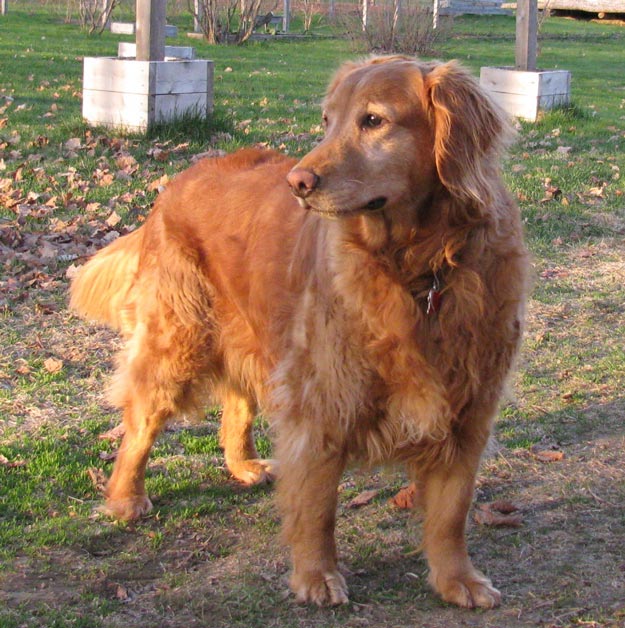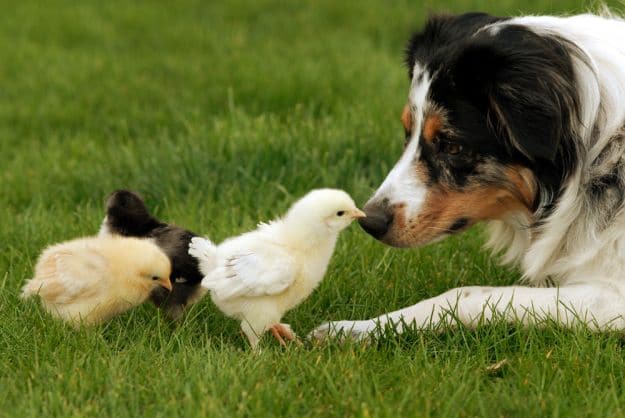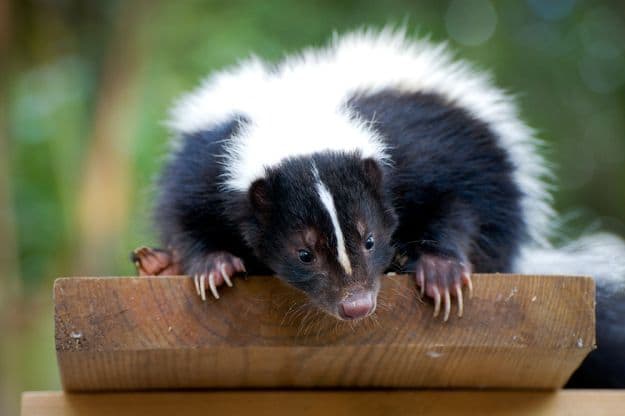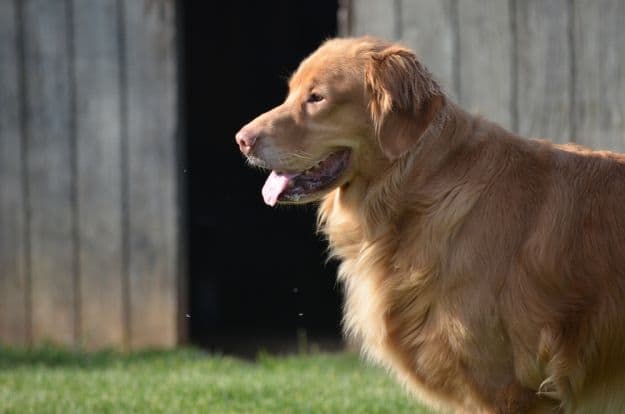These basic farm dog commands will teach your furry friend everything there is to know! Practice these commands and you’ll have a trustworthy and loyal farm dog for years to come.
Dog Commands To Teach Your Buddy Become Obedient
Teaching a dog to obey basic commands is an important component of being a pet owner. Dogs, like people, need to conform to the expectations of the community in which they live, so they can get along and fit in. And since it is we humans who have brought dogs into our world to live among us, it is up to us to teach them our rules.
Country Dogs Vs. Rural Dogs:

There are plenty of fundamentals that every dog needs to know, no matter what kind of neighborhood they call home. Most people would agree that a good dog, at the very least, doesn’t bite or jump on people, comes when called, and performs a few other obedience tasks.
However, also like people, dogs live in a wide variety of settings that require many different standards of behavior. City dogs are often expected to be clean and quiet and to walk politely on a leash. Guard dogs need to be alert and no-nonsense. Dogs that live with a family with small children are asked to be gentle and loyal.
Out in the country, there are a few factors that are unique to rural living, and there are some specific commands that are useful to keep country dogs out of trouble. There is one in particular that I find to be invaluable – and it might not be the one you would expect.
Rural dogs are likely to have a lot of freedom, which can be both a good thing and a bad thing. I have a large fenced-in yard that keeps my dog Honey away from most dangers. She can’t access the road where she could be hit by a car or chase bicycles – even though she wouldn’t bite them and just loves the thrill of the chase, they can’t possibly know that, and everyone is better with a solid fence in place. She can’t go wandering off into the nearby forest, or into the neighbor’s yard to bother their chickens either.
That doesn’t keep her from tangling with my own chickens, though. She is a bird dog by nature, and it has sometimes been an uphill battle to teach her what are probably the two most important words a country dog needs to know and obey.
Leave It Command:

Honey and I work on that command regularly and she gets plenty of practice. And that one command, “Leave it”, has saved her skin more than once.
It has required a lot of patience and tenacity on my part. After all, I’m asking my Golden Retriever to behave in a way that flies in the face of her natural instincts. If something runs, she wants to chase it. And if that something squawks and flaps its wings, all the more compelling.
The chickens have their own fenced-in area away from the dog, but they really view fencing as just a suggestion. If something outside the fence looks appealing, they either squeeze through the mesh or fly over the top. When Honey steps out the back door to a lawn littered with chickens, her first instinct is to give chase.
After years of training, she is finally able to just walk on by. It isn’t easy for her, and I heap praise and rewards upon her for the Herculean effort she had to expand. “Leave it” isn’t easy when you’re a dog.

The chickens are just practice, though. The real deal happens when we’re outside the yard. Honey and I go walking in the woods every day, and there are plenty of four-legged residents on our eighty acres who happen to think of it as their eighty acres. In addition to the deer, hares, coyotes, foxes, and bobcats – all of whom might tempt Honey to give chase but none of which she is apt to catch, or even pursue very long – there is always the danger of coming across the forest residents with black-and-white striped coats or long sharp quills.
Honey has met up with multiple skunks and porcupines in her lifetime, all of which happened when she was young and we were inexperienced. Since then, the dog has learned a lot, and so have her people.
Obviously, the best method of avoiding trouble is exactly that – avoidance. I recognize Honey’s “there’s a skunk outside” bark and know better than to let her out when I hear it. As for dangers in the woods, I watch for them myself. I know the places where porcupines tend to hang out – there’s a den in the base of a certain hollow yellow birch, for example, and a grove of hemlocks that attracts them in winter – and I take care to keep Honey close to me in those areas.
But no matter how careful I am, I cannot prevent all encounters. They always seem to happen when I least expect it, as I am strolling down the woods road breathing in the fall foliage or deep in thought about something back in the farmyard, and suddenly there it is – that bright striped coat slipping through the brush just off the trail, or the ball of quills plodding its way across an open space toward a big favorite tree. Neither skunks nor porcupines are very fast, and a dog can easily catch them.
There is just a split second window in which I can influence Honey’s choices.
“Leave it”, I command in the deepest voice I can muster, conveying as much stern conviction as I can. When we’re training with a treat, holding her favorite food in the palm of my hand under her nose, I have her full attention as she stares sorrowfully up at my face, drooling. But with the tantalizing aroma of wildlife under her nose, it’s hard for her to remember I’m even on the same planet.
I raise my voice to get her attention.
“HONEY!” I shout, and with any luck, I see a slight flinch in her body language that lets me know she heard and registered my voice. She hesitates, and that’s my only chance.

“LEAVE IT!” She pauses just for a fraction of a second. “Leave it”, I repeat. I can tell there is a battle raging inside her. She is wavering, and in the time it takes her to make up her mind, the animal scuttles to safety.
She’s tempted to run off and chase its trail anyway – but the rustle of the treat bag distracts her and she makes the choice to let it go.
Good Dog Command:

“Good dog!” I gush, feeding her treats and caressing her head. “What a good, good girl!” I praise her like she has just done the most awesome feat in the world. We both know she truly has.
I won’t say it’s easy and I can’t promise it’s successful all the time, but I can say that it has been years since my dog has tangled with an unsavory creature.
How To Get Started:

We started small – a low-value treat on the palm of my hand, the command to leave it along with physically preventing her from accessing it, and a high-value treat given when she withdrew from my hand. Later on, we progressed to an increasingly higher-value treat and the command to leave it, and more rewards are given for obedience. And there’s always praise. Praise, praise, praise.
Nowadays, I can place a high-value treat on her front paws – one on each – tell her to leave it, and she will. Anything. I could put a bite of steak on there. We’re playing for keeps, and she knows it. I point to one of them and tell her, okay, and she gobbles it up but continues to leave the other one until I give her the release word.
Want to see more dogs with cool tricks? Check out this video from Schlauwauwau:
Honey is now so good at the “leave it” trick! I admit I show off with her a little. It’s fun to wow onlookers, and I think she enjoys it too. Honey likes the treats and attention and it makes a cool party trick, but she and I both know that “leave it” is about so much more than fun and games. It’s about being the most important command a country dog can learn.
What about you, how you do you train your farm dogs? We’d love to know! Let us know in the comments section below.
Up Next: How to Train a Hunting Dog To Retrieve | Duck Hunt Dog
Follow us on Facebook, Instagram, Pinterest, and Twitter!
Editor’s Note – This post was originally published on February 2016 and has been updated for quality and relevancy.


Dogs and porcupines, now there’s a challenge. There must be something about tangling with a porcupine that is addictive to a dog. I know several that never learn no matter how many quills that are pulled out (and that definitely hurts since the quills are barbed). I guess it’s much like an old cow that’s learned to eat prickly pear.